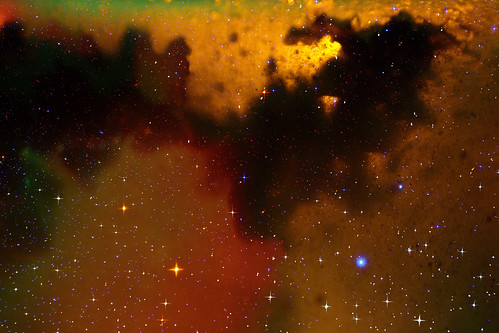Black Light Photography with a UV Cannon
Credits:
Model: Stephanie Peregrinus
Bodypainting: Meg’s War Paint
Music: ®Evolution by Melange Promenade
Video created using Animoto.
Here’s a video slideshow created with photos shot using a 400 watt UV cannon as the main light source. In an earlier post about black light photography, one of the readers suggested trying a UV cannon, a special effects light often used by clubs and DJs. In my other shoots, I used four 40 watt fluorescent tubes. They worked well, but it would be nice to have a more powerful light source to allow me to use a faster shutter speed and lower ISO.
The black light cannon worked well, but was different to work with compared to the fluorescent tubes. The main advantage of the UV cannon was how is easy to set up. You just point it at the model and plug it in. It takes about 10-15 minutes to warm up and gives a good strong light. It can be moved around and repositioned, although it should be turned off and cooled down before moving it to avoid damaging the bulb.
I was surprised that it doesn't give off as much buy ambien online without prescription light as I thought. I expected it to be much more powerful than the 160 watts from the 4 fluorescent tubes. In practice, it was not really more powerful than the four fluorescent tubes, mainly because I can put the tubes very close to the model most of the time, which is not practical with the UV cannon. Also, the UV cannon is a hard light source that casts a sharp shadow, making the light quality quite different than the fluorescent tubes. I surround the model with the tubes, reducing shadows and creating a more even light. I placed a white nylon diffusion panel in front of the UV cannon to help soften the light, which further reduced the power from the light.
Overall, the UV cannon would probably work best placed in front and above the model in a butterfly lighting setup. It also would be best to use when you want dramatic shadows. It's high power would also work great for lighting backgrounds and sets. I'm continuing to explore different ways to use it.
I'm interested in hearing from other photographers who have done UV photography - any suggestions or ideas? What is your favourite UV light set up?
Here's the same video on YouTube for iPhone, iPad, iPod Touch:

